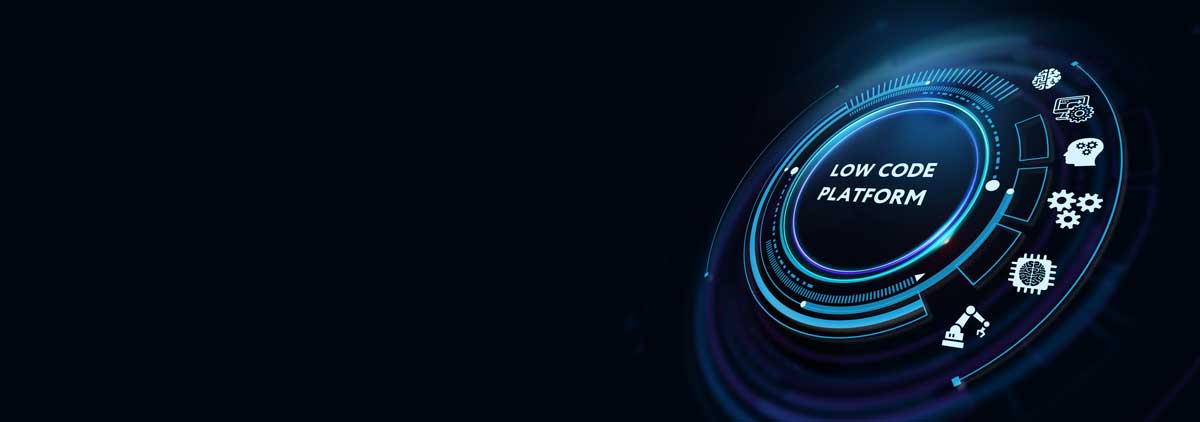At the Institute for Sports Science and Sports Medicine at the Charité in Berlin, Prof. Dr. Bernd Wolfarth and his team use the [i/med] Sport. One of many solutions created with our DORNER Workflow Engine.
You are currently viewing a placeholder content from Youtube. To access the actual content, click the button below. Please note that doing so will share data with third-party providers.
More InformationProf. Dr. Bernd Wolfarth: We simply have this hybrid situation in which, on the one hand, Charité as a whole is hooked up to SAP. We have to use that. Quite clearly, because that is of course also our master data management. All the options that go in the direction of resource planning, for example, and that go in the direction of billing, are connected to it. This is a requirement of the Charité. This is an administrative requirement, and of course we have to secure the corresponding supplies. Even if, for example, it is only a matter of coding the findings or assigning the different types of billing to the patients we have.)
The situation described by Prof. Dr. Bernd Wolfarth in the sports medicine outpatient clinic at the Charité is the absolute rule. Almost all medical facilities already work with a variety of software solutions for a wide range of requirements: HIS, POCT Viewer, Order Entry for the laboratory, device software, various archives, etc.
The specific diagnostic or therapeutic workflow, i.e. the actual medical task of those providing treatment, is increasingly hampered by the need to collate data from the various sources and to feed back the results or findings via different channels. This costs time, is prone to errors and harbours unnecessary potential for frustration. This ties up already scarce human resources, makes treatment more expensive and ultimately reduces the quality of medical care.
Unfortunately, the individual institutes have hardly any influence on the IT infrastructure in the houses and are usually presented with a fait accompli. However, this does not mean that they are hopelessly at the mercy of the situation.
Prof. Dr. Bernd Wolfarth: At the same time, of course, we wanted to have a system in our microcosm, so to speak, which is itself as flexible as possible for us and where we can connect our entire functional diagnostics, where we also have our own design options. Both in terms of data input, but also in terms of data output and use of the data. And that's why we have our own "clinic information system" docked onto the SAP system, which we can then use to more or less design our own data management within the department.
The "own clinic information system" for the sports science institute of the Charité in Berlin, is our [i/med] Sport. It is one of many standard departmental solutions created with our DORNER Workflow Engine. The principle we follow when mapping such an institute is actually the same in all departments:
Thanks to the web-based framework, individual workflows can be easily clicked together. The same applies to the masks (or the user interface) used in the respective work steps. We attach great importance to short mouse paths and automate as much as possible with logics and rules. Within a few days, sometimes even hours, functional program parts are created in the so-called rapid prototyping, which can be tested directly.
And last, but not least, our customers can use it to make any necessary adjustments without us after only two days of training, regardless of whether they involve workflows, forms, logics or documents. And some of them develop large parts of their solution themselves.
Prof. Dr. Bernd Wolfarth: And we've done very well with that so far, and I think it's also the path we'll follow in the future.


